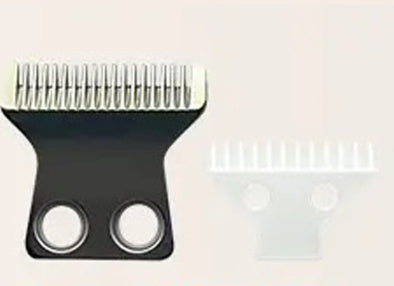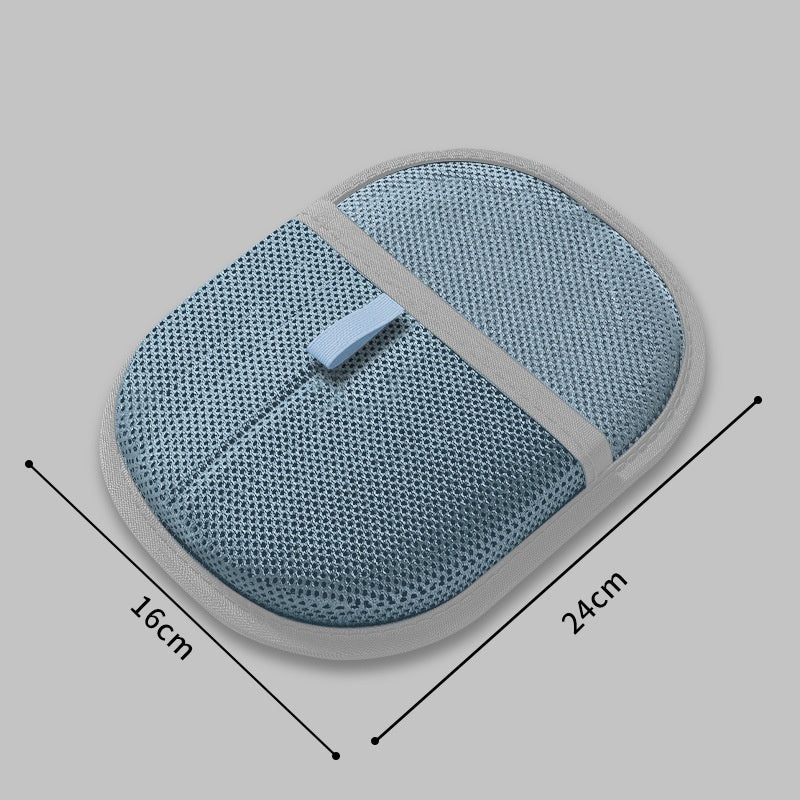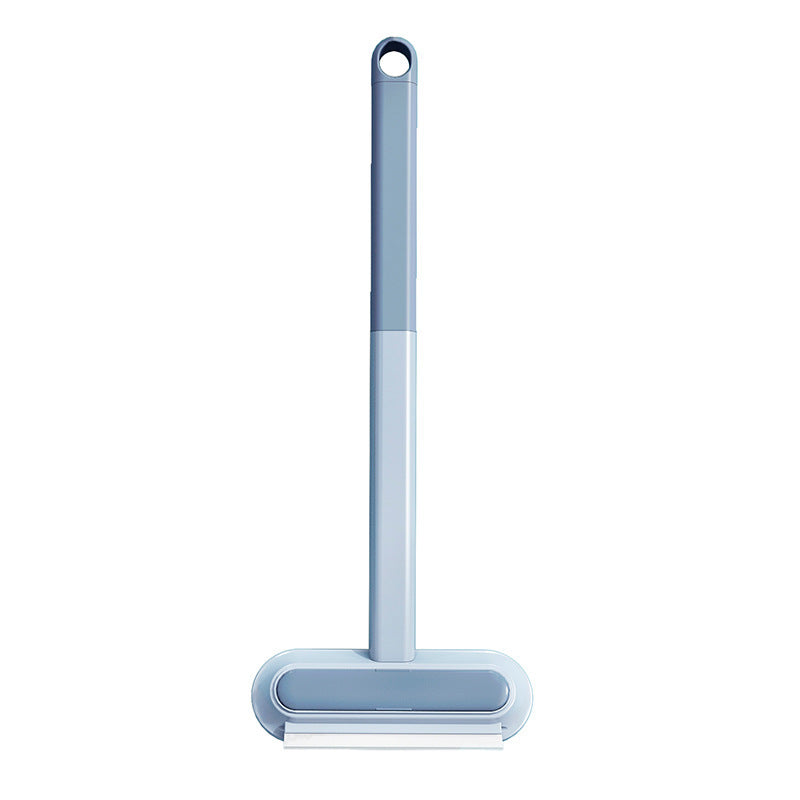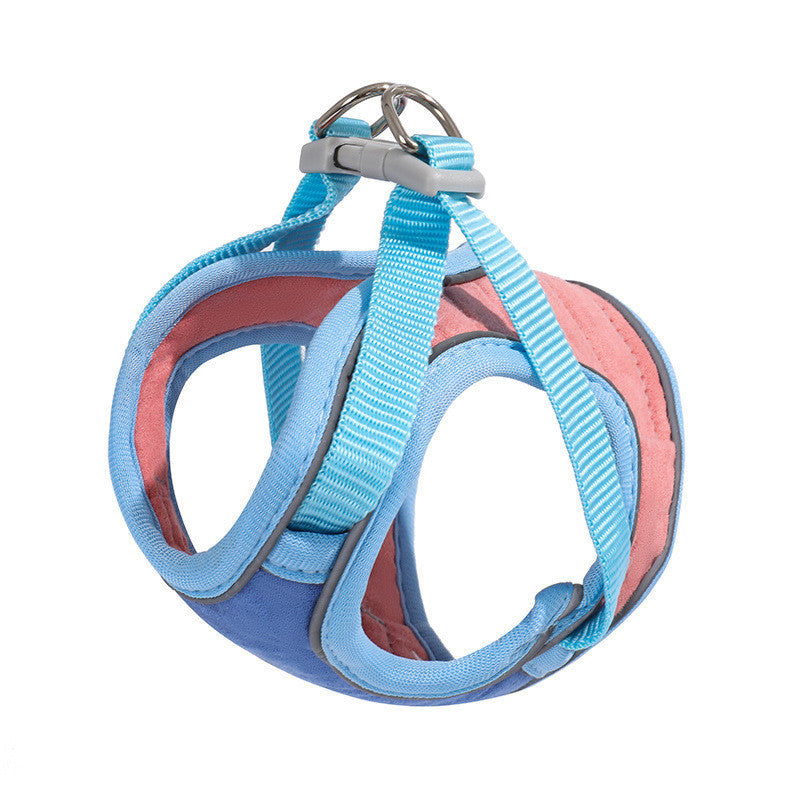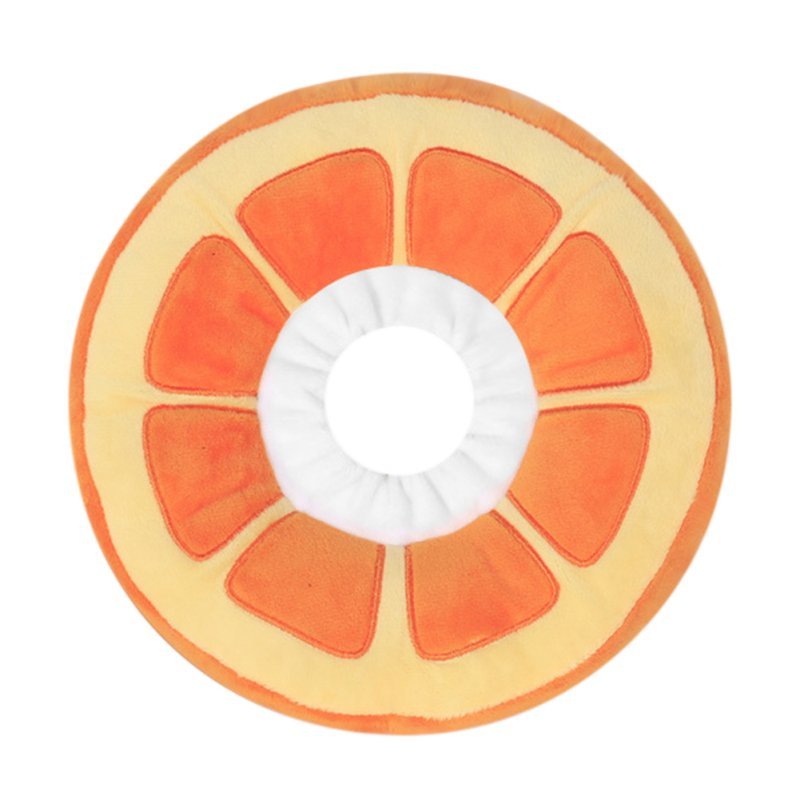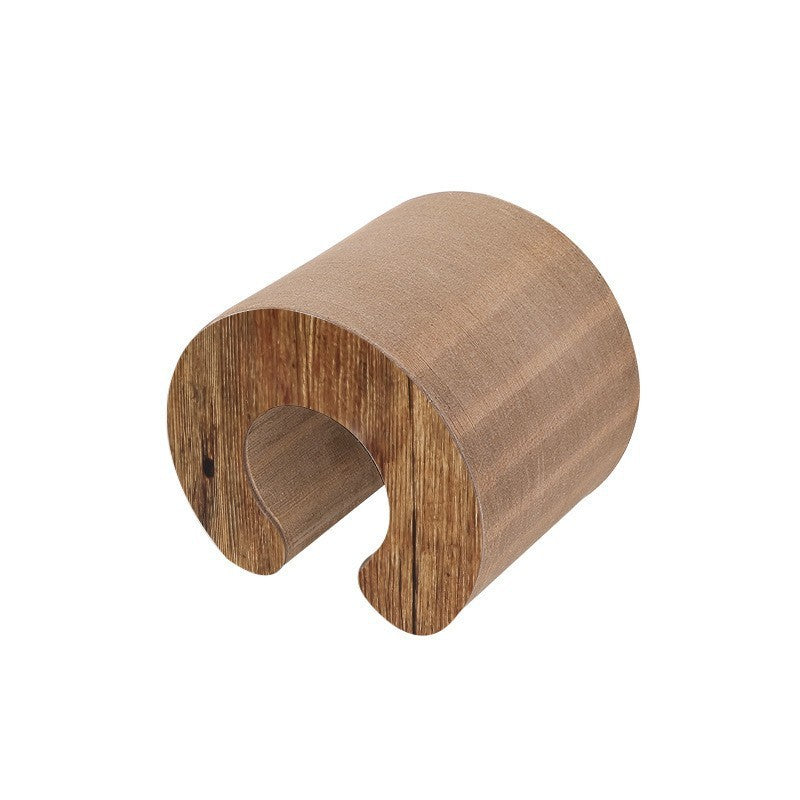Bringing home a new kitten is exciting, but these curious, energetic little explorers can find trouble in places you might never expect. Proper kitten-proofing creates a safe environment for your new family member while protecting your belongings from sharp teeth and claws. In this blog, we'll walk through a comprehensive approach to making your home kitten-ready.
Electrical hazards: Kittens often chew on cords, risking electrical shock or burns. Secure loose cords with cord covers or cord management systems, and unplug unused electronics. Consider using cord-protecting tubes or bitter apple spray as deterrents for particularly persistent chewers.
Toxic plants: Many common houseplants are toxic to cats, including lilies (fatal even in small amounts), philodendron, pothos, and many others. Research all plants in your home and either remove toxic varieties or place them in completely inaccessible locations. Provide cat-safe plants like cat grass as alternatives for plant-curious kittens.
Australian animal welfare organisations, including PetRescue, stress the importance of removing or making toxic plants inaccessible, as common houseplants like lilies, philodendron, and pothos are dangerous to cats. Many Australian pet stores offer cat grass as a safe alternative for kittens to nibble on.
Small objects: Kittens explore with their mouths and may swallow small items like rubber bands, paper clips, hair ties, or string. These can cause intestinal blockages requiring emergency surgery. Develop habits of keeping these items in closed containers and regularly scan floors for potential hazards.
Chemical dangers: Secure household cleaners, medications, pesticides, and automotive fluids in cabinets with child-proof locks. Even small amounts of products like antifreeze can be deadly to kittens. Be particularly cautious with essential oils, which can be toxic to cats when diffused or applied topically.
Fall prevention: Kittens lack the coordination and judgment of adult cats but share their climbing instincts. Secure window screens to prevent falls, and be cautious with balcony access. Consider furniture anchors for items that might tip if used as climbing structures.
Australian cat-proofing resources, including Safe and Happy Cats, emphasize securing window screens and balcony access to prevent falls. They also recommend anchoring top-heavy furniture to the wall, as kittens often lack the coordination to safely navigate high or unstable surfaces.
| Hazard Type | Risks for Kittens | Prevention Strategies |
|---|---|---|
| Electrical Cords | Chewing, shock, burns | Cord covers, unplug unused electronics |
| Toxic Plants | Poisoning, fatal ingestion | Remove toxic plants, provide cat grass |
| Small Objects | Choking, intestinal blockages | Store in closed containers, scan floors |
| Chemicals/Medications | Poisoning, toxicity | Child-proof locks, avoid essential oils |
| Falls/Tip-overs | Injury, escape | Secure windows, anchor furniture |
Creating a kitten-friendly environment also means providing appropriate outlets for natural behaviours. Offer scratching posts, climbing structures, and interactive toys to redirect energy away from household items. Designate a safe room where your kitten can stay when unsupervised during the initial adjustment period. This controlled environment allows you to gradual introduction to your home's potential hazards under supervision.
Step-by-Step Guide: Kitten-Proofing Your Home
- Assess at Kitten Height: Get down on your hands and knees to identify and remove hazards at kitten level.
- Secure Electrical Cords: Use cord covers or management systems, and unplug unused electronics.
- Remove or Secure Toxic Plants: Research and remove toxic plants, or place them out of reach. Offer cat grass as a safe alternative.
- Store Small Objects Safely: Keep small items in closed containers and regularly scan floors for hazards.
- Lock Up Chemicals and Medications: Use child-proof locks for cabinets containing cleaners, medications, and automotive fluids. Avoid essential oils near cats.
- Prevent Falls and Tip-overs: Secure window screens, limit balcony access, and anchor unstable furniture.
-
Provide Safe Outlets for Natural Behaviours:
Offer scratching posts, climbing structures, and interactive toys. - Designate a Safe Room: Create a controlled environment for unsupervised times during the initial adjustment period.
- Supervise and Monitor: Keep a close eye on your kitten as they explore and adapt to their new home.









